It is almost impossible for us to imagine the level of deprivation and humiliation that these brave men underwent. I will simply display these photos without comment or captions.
Obviously, most of these were taken immediately post-war. Most are from the Australian War Museum on-line collection (open source). I believe that they are largely self explanatory.
Life improved considerably following the completion of the TBR in OCT 43, but the POWs had nearly another 2 years until liberation. Hence the number of theaters that were erected for entertainment. The following set are attributable to the Kanchanaburi area camps and Chung Kai:

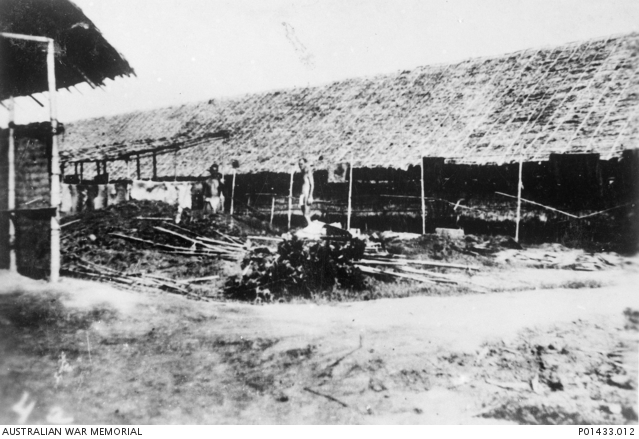

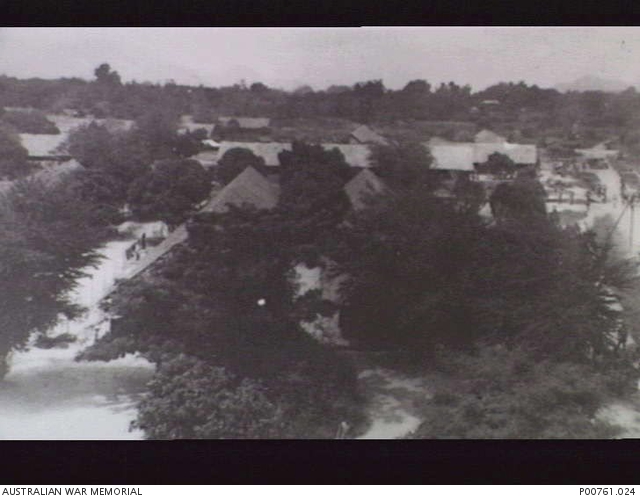


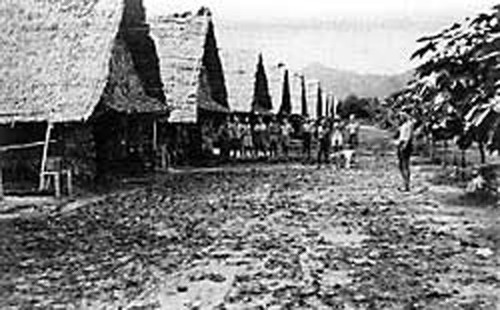
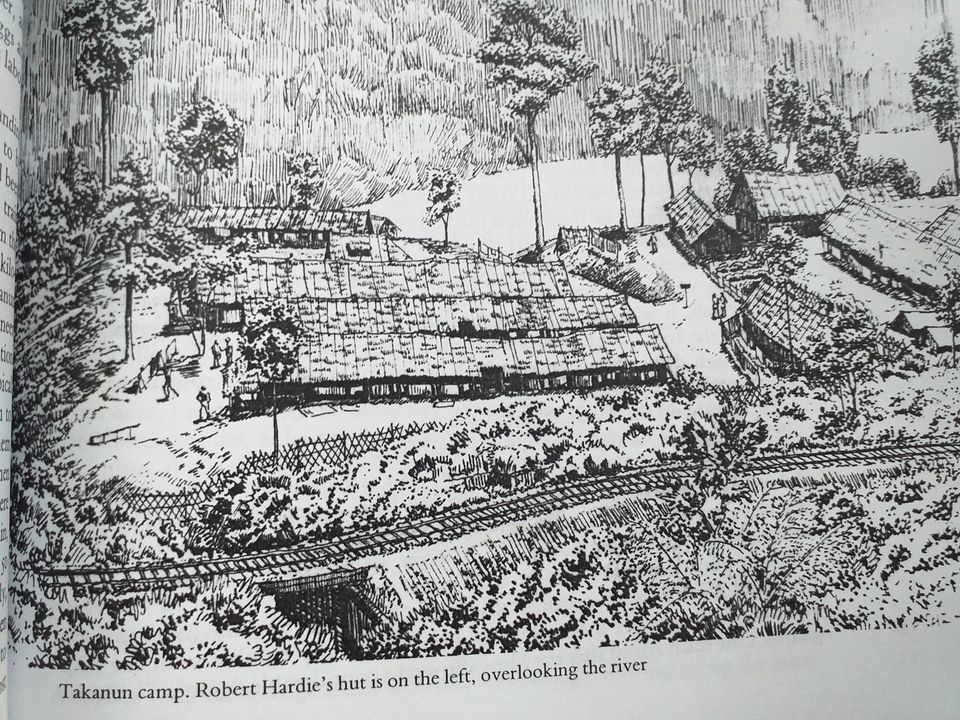
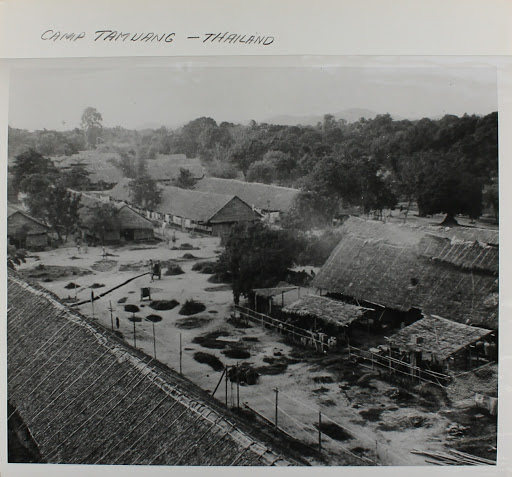
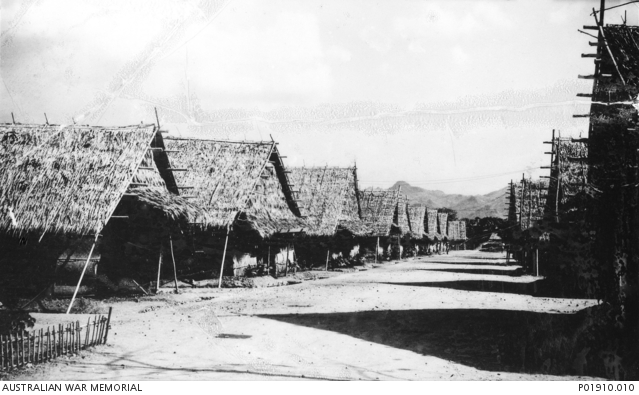



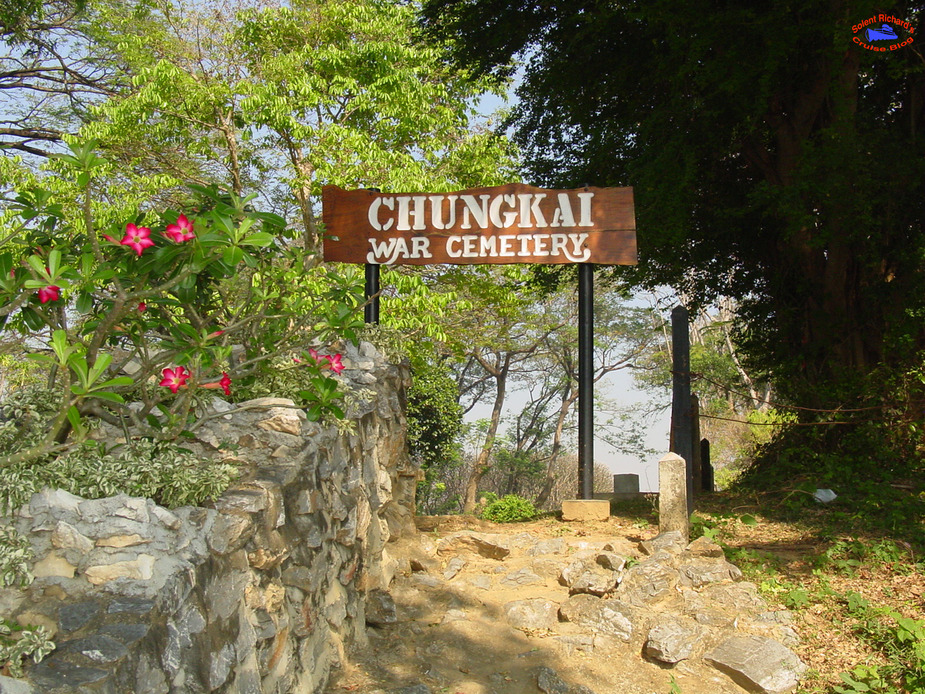


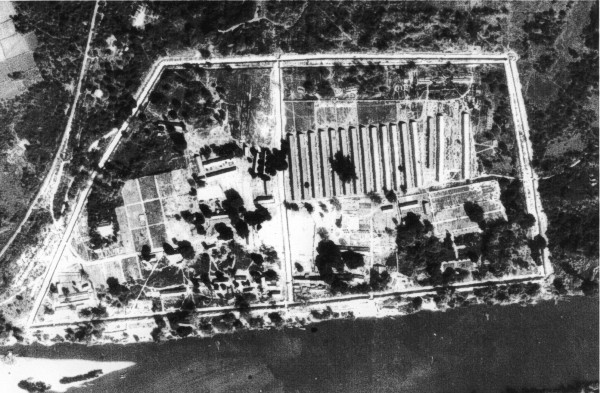


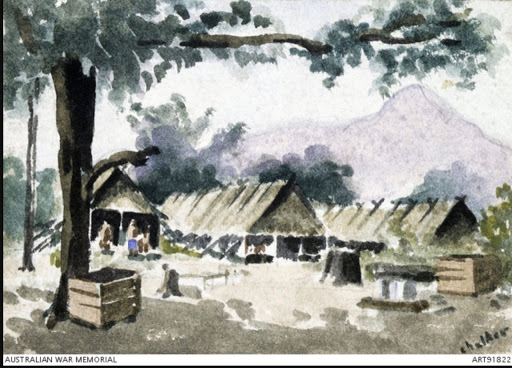
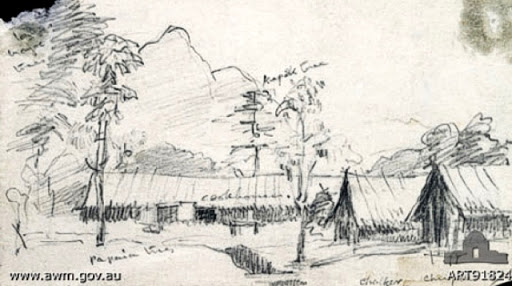


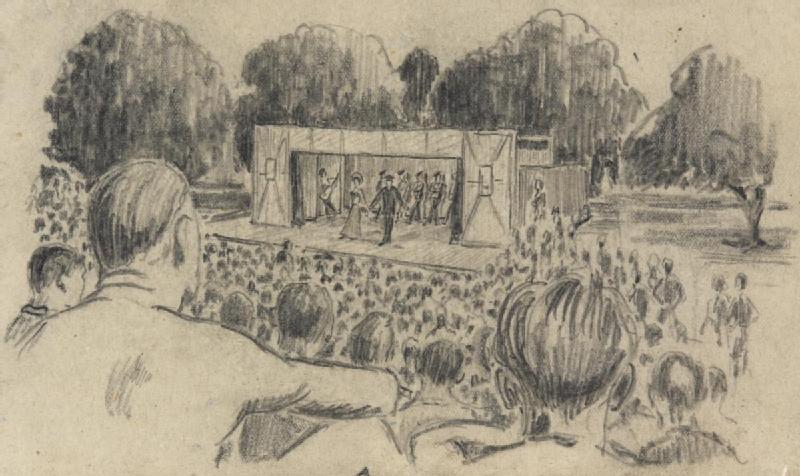

Not for the faint of heart, below are photos documenting the POW’s medical condition at the time of liberation.

























most of the above are not labeled as to precise location
The Officers and POWs themselves kept very precise records of where their comrades were laid to rest. They used easily found landmarks to show locations of the grave sites. Included in their maps were lay-outs of the various camps.
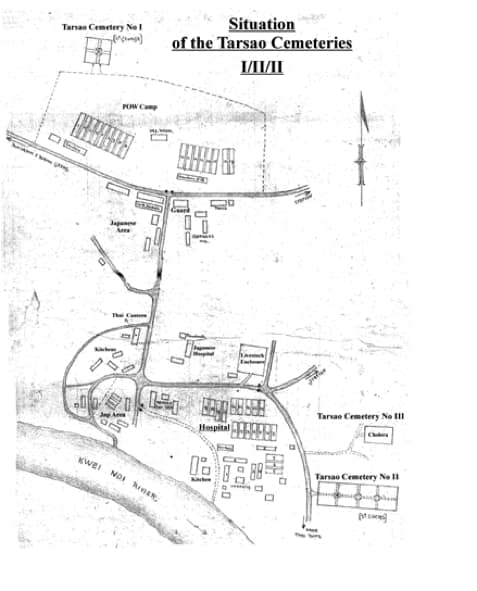


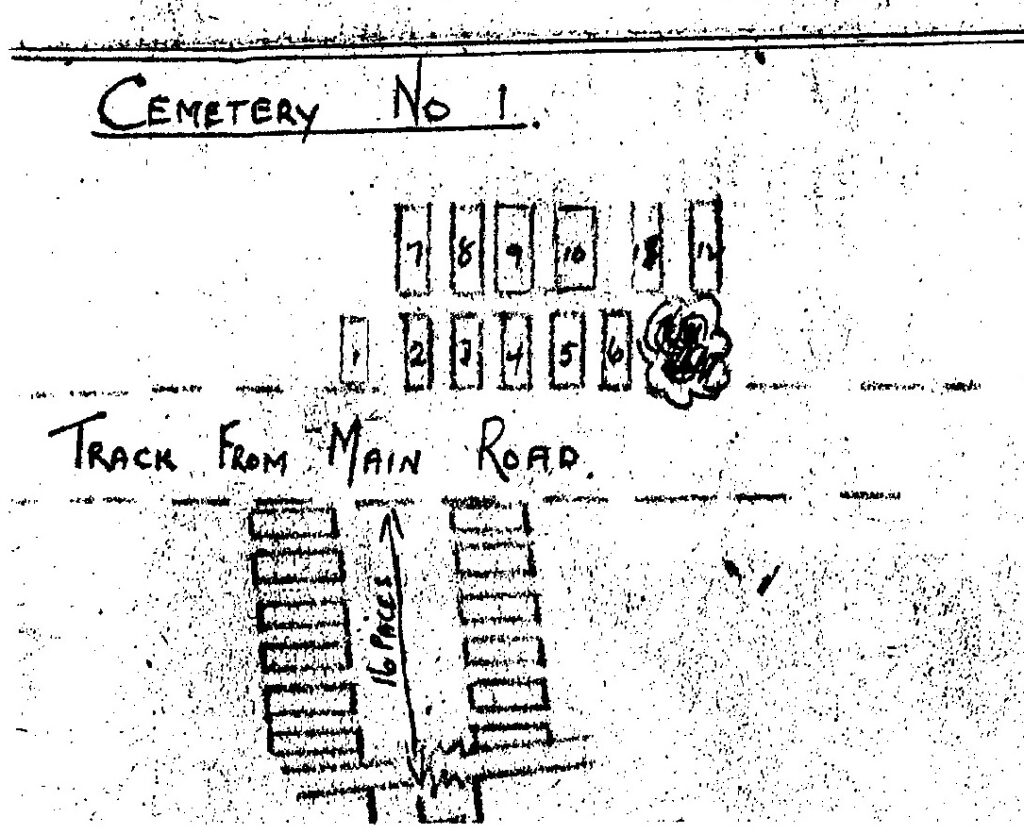

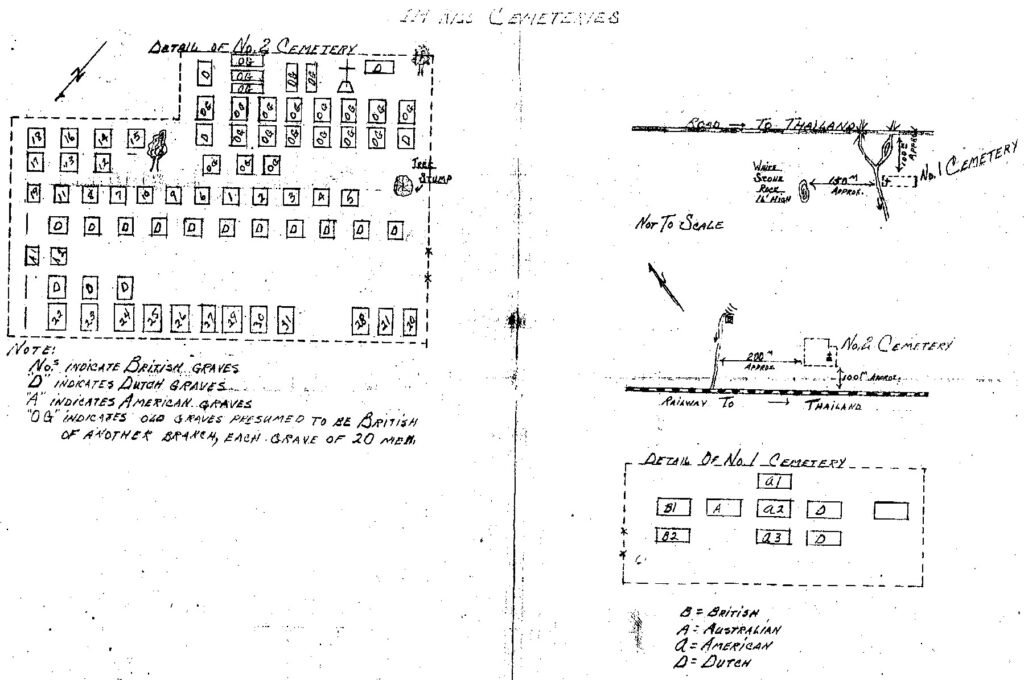



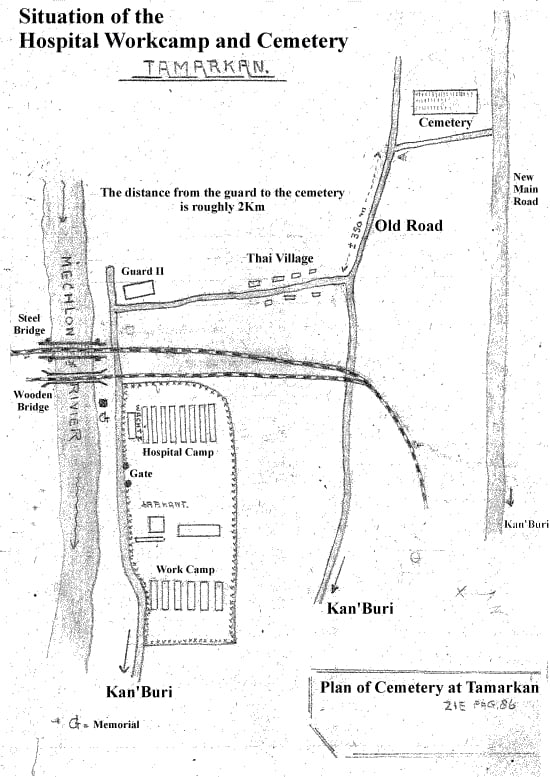


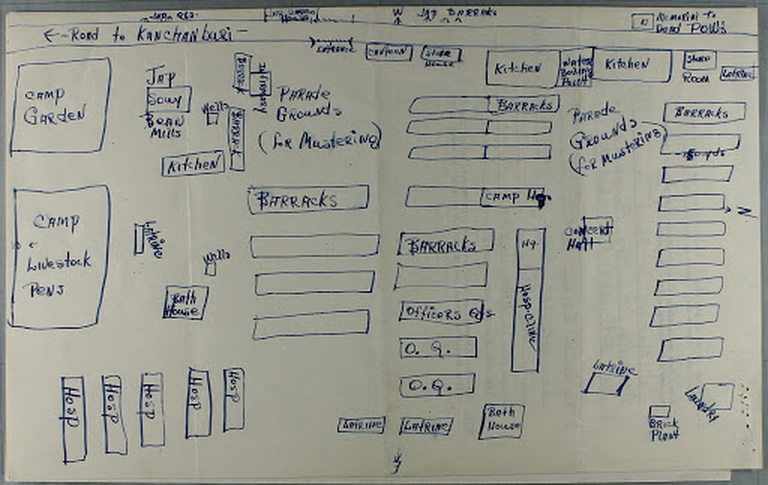
During and after the war, POWs recorded their impressions and memories of their ordeal.














USMC Pvt John Wisecup was a self-proclaimed “agitator”. One of the ways he contributed to the morale and well-being of his fellow POWs was to draw cartoons and decorations on the walls of the barracks (particularly at the Bicycle Camp). These often poked fun at their captors in indirect ways. Left behind in a Singapore hospital as the POWs continued on to Burma, he was later among the two dozen US POWs who worked the Thai side of the TBR in the Hintok area.
Post-war, at the urging of his fellow POWs, he made a series of sketches that portrayed his experiences both with camp life and building the trestles in the Hintok area. A set preserved by the University of North Texas Oral History Program presented here with their permission:
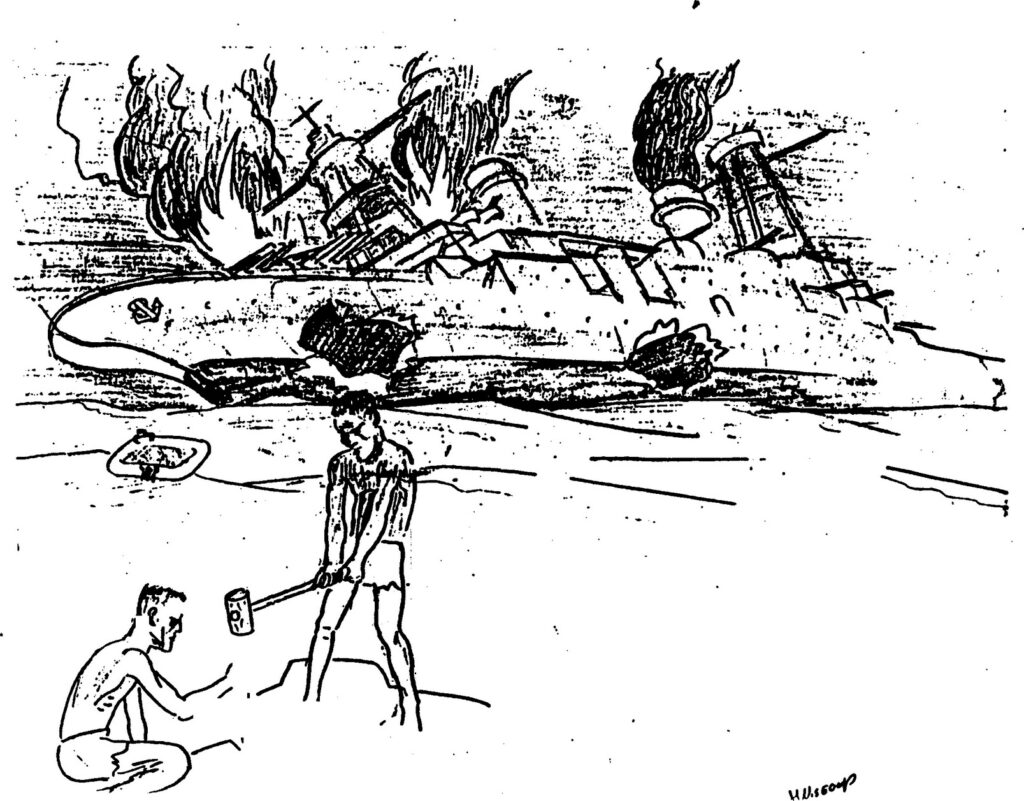
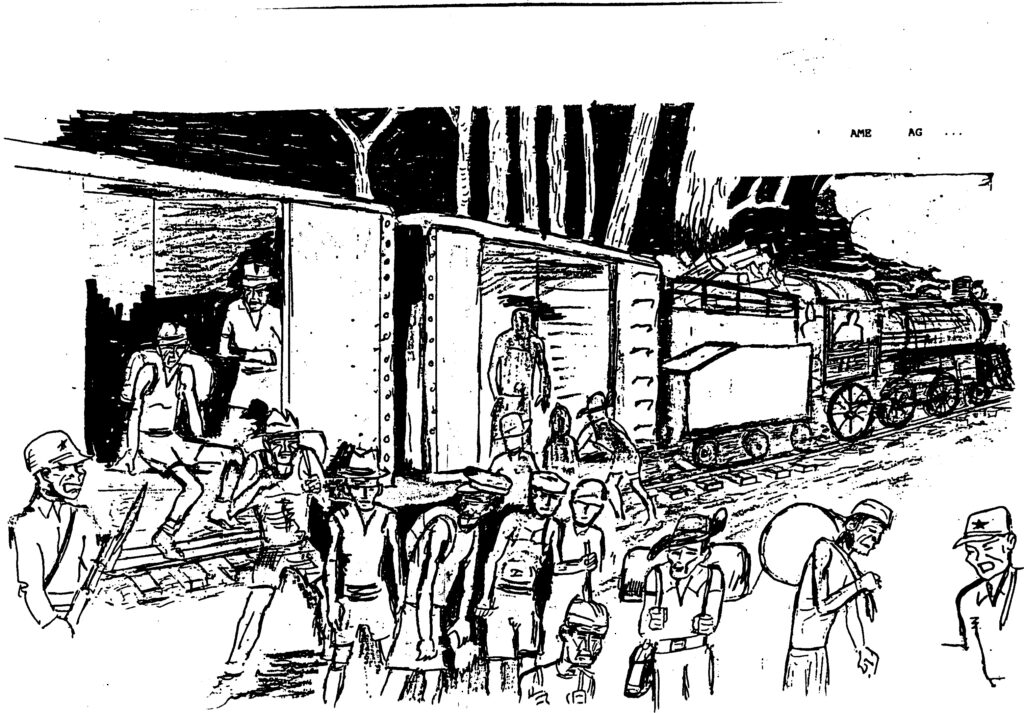

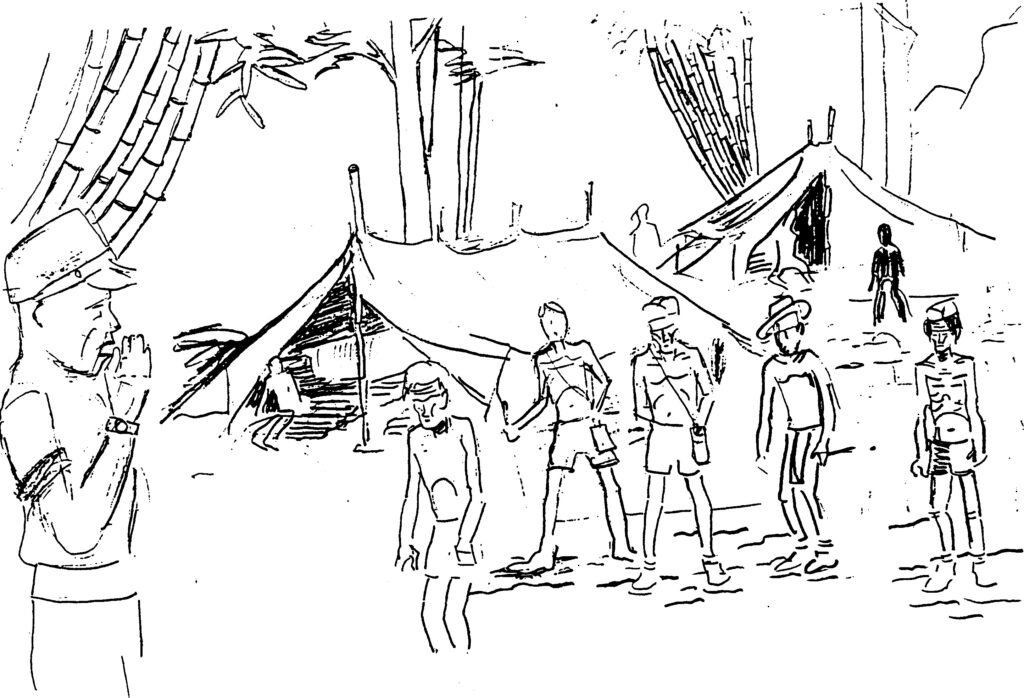


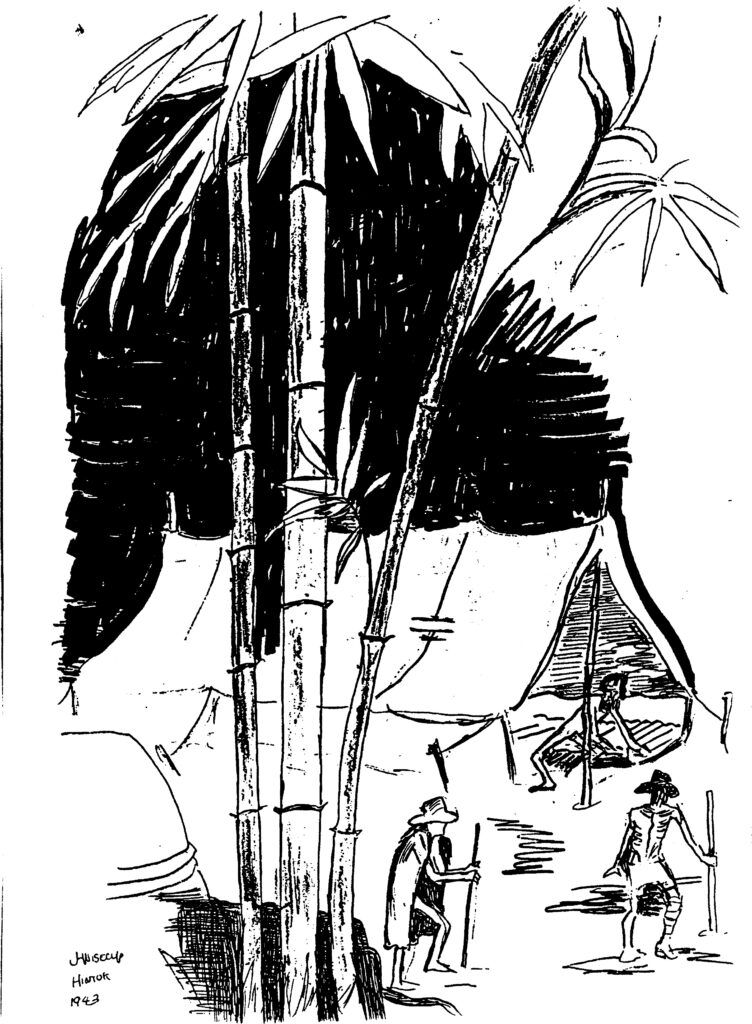

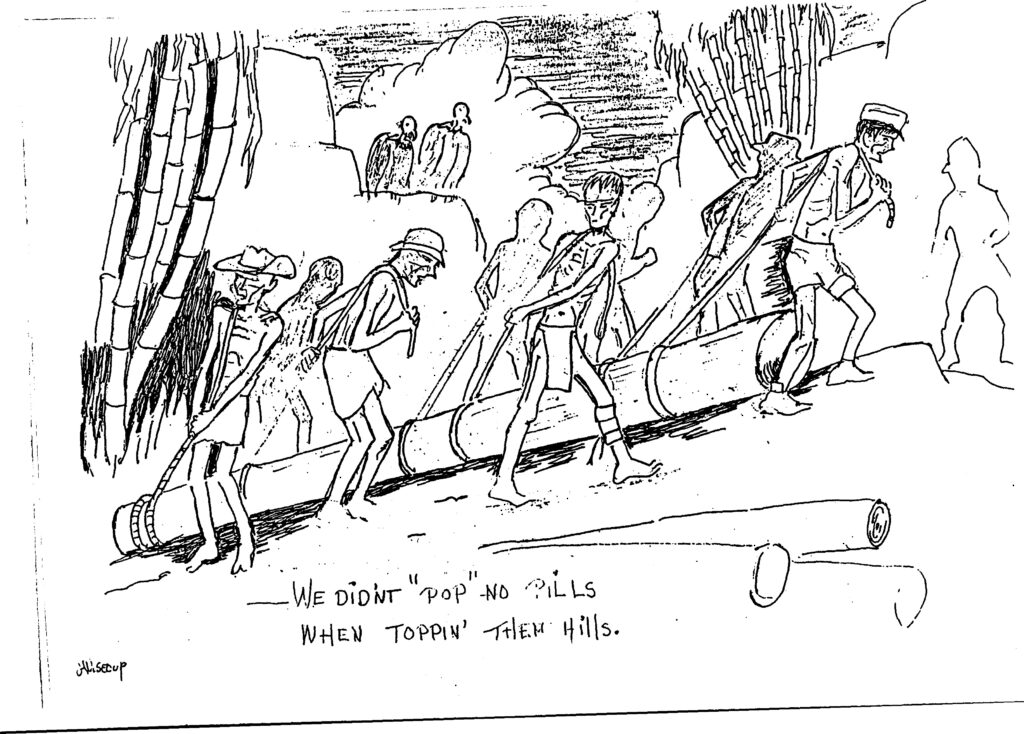
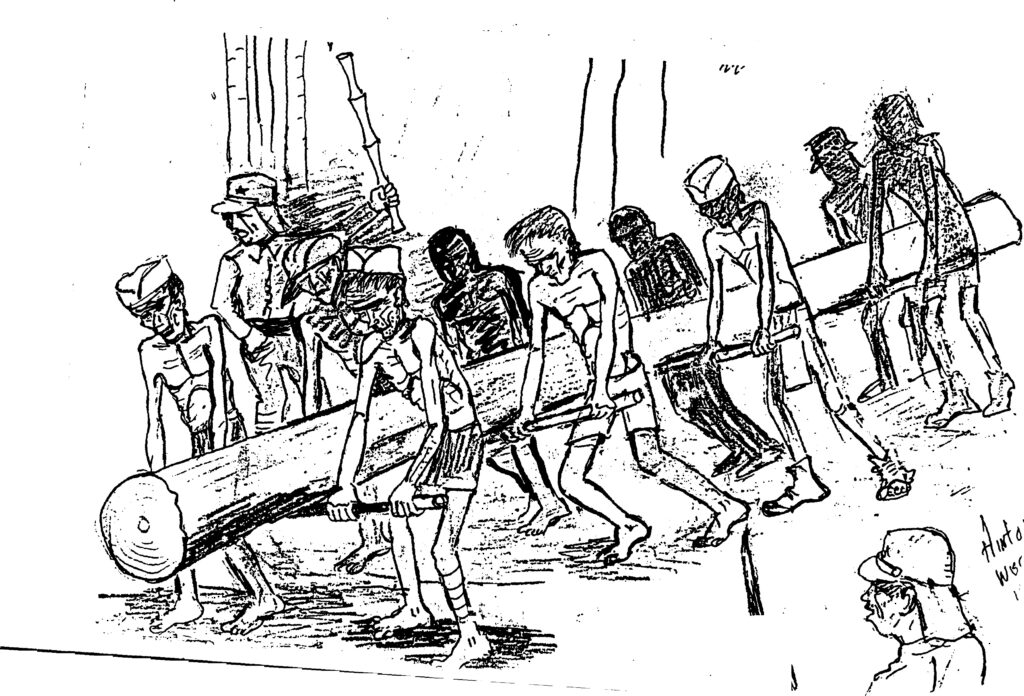
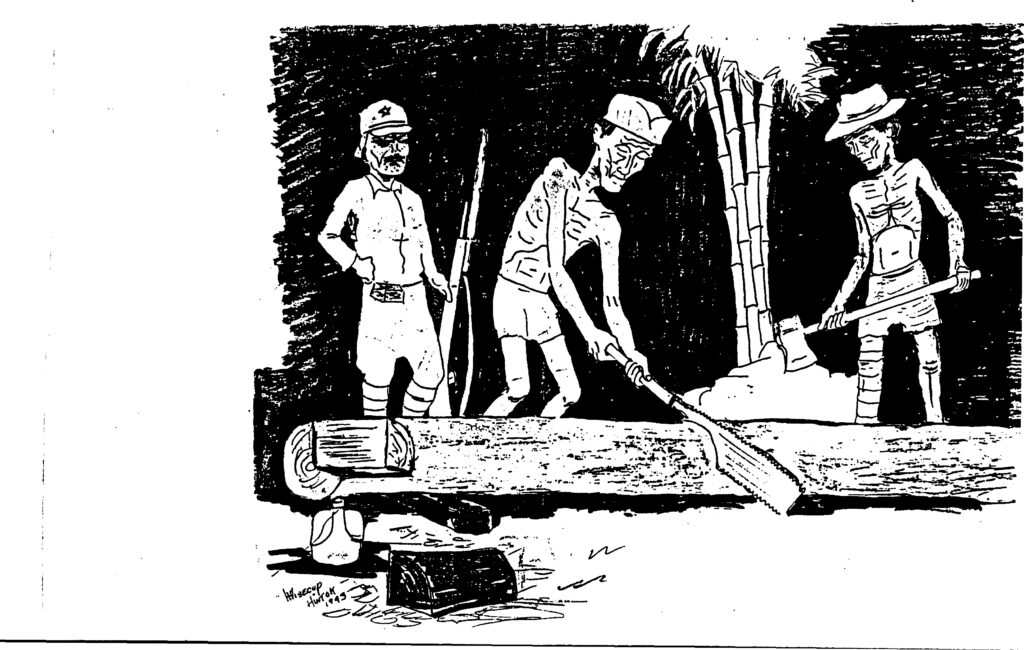
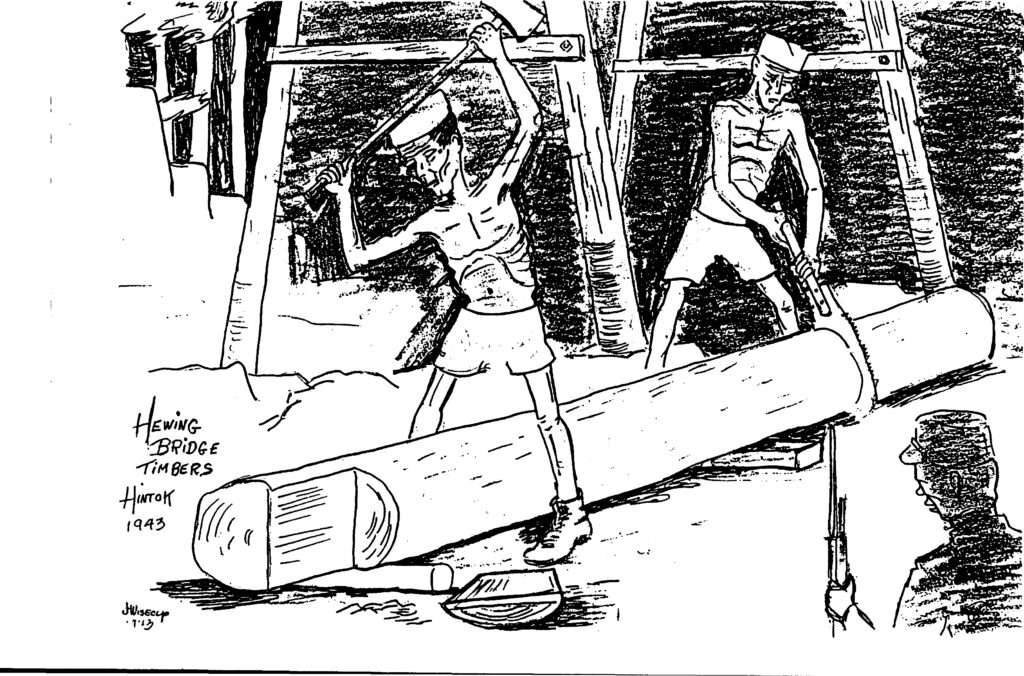
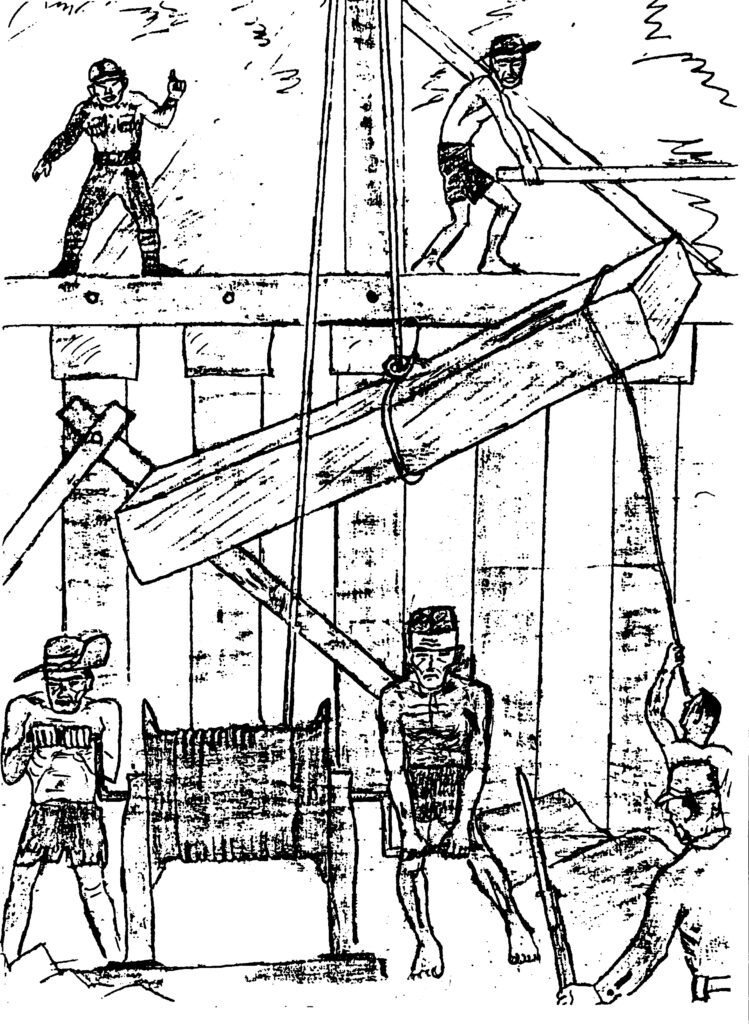
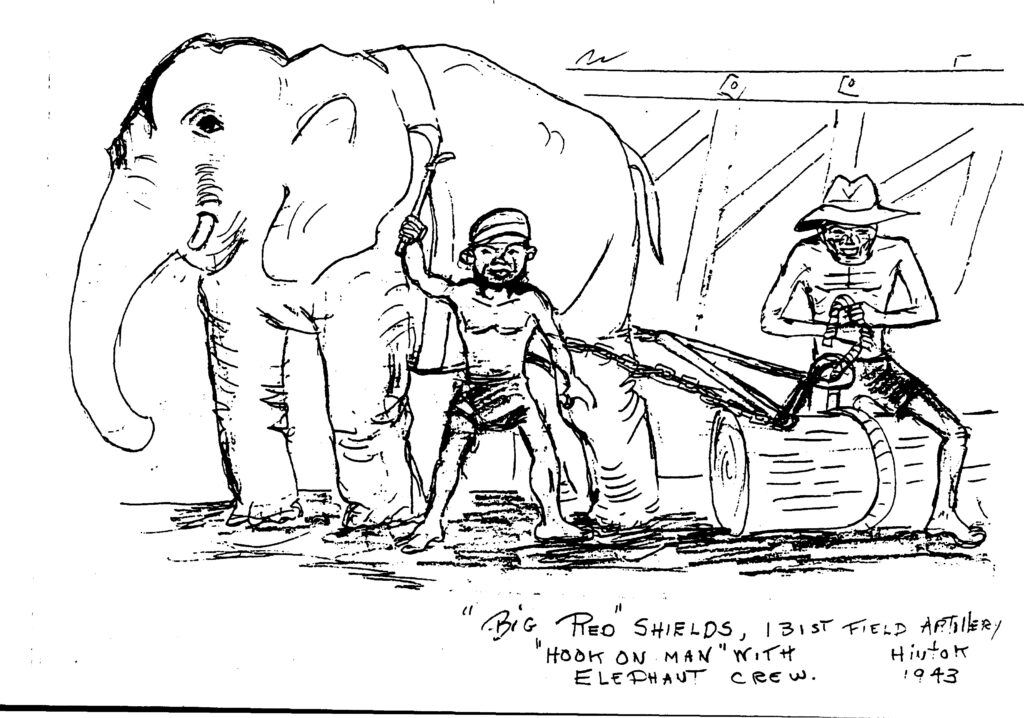



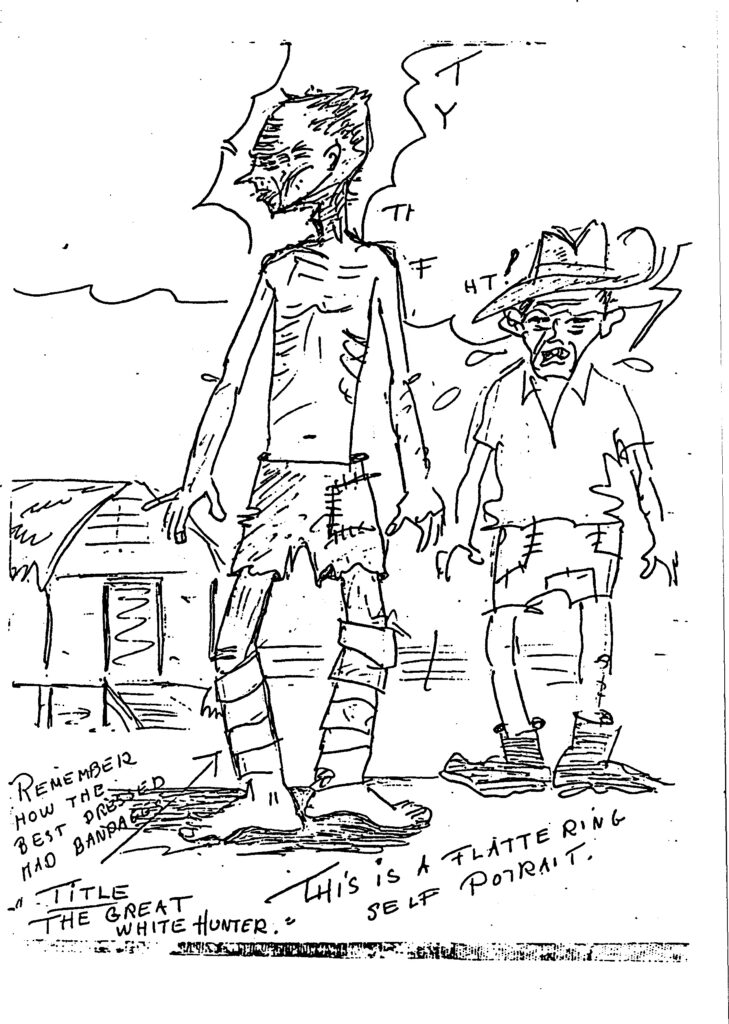

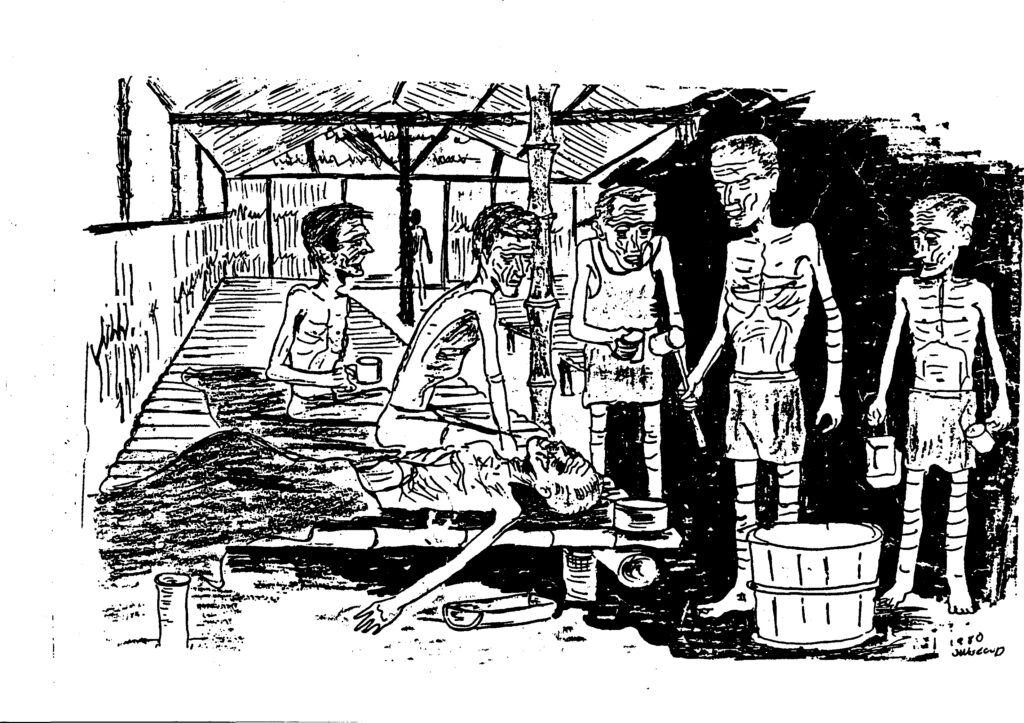
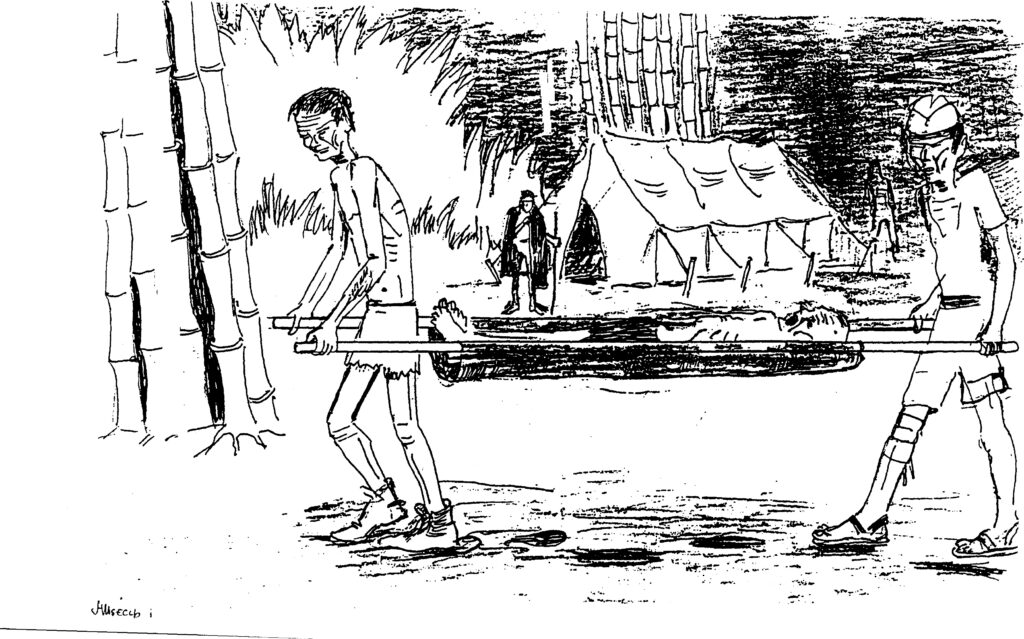

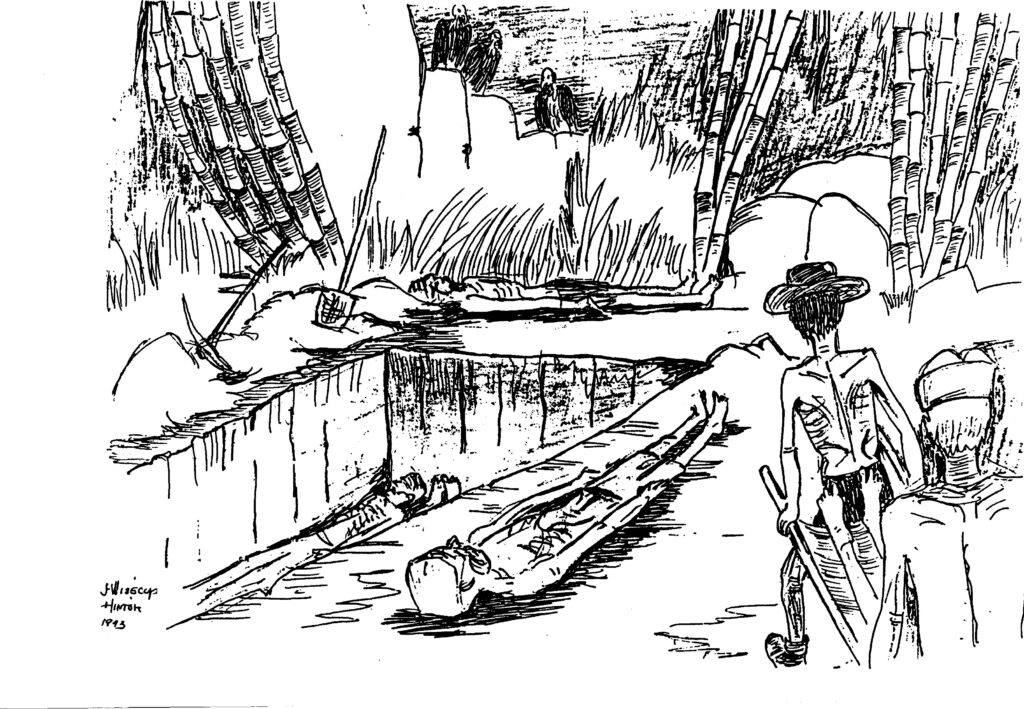
These contain moving accounts of POW Fred Seiker’s experiences and some evocative drawings:
https://www.tracesofwar.com/articles/2883/Fred-Seiker-Lest-We-Forget.htm
https://www.tracesofwar.com/articles/2886/Liz-Seiker-Freds-Journey.htm
https://www.tracesofwar.com/articles/2883/Fred-Seiker-Lest-We-Forget.htm
An overview of the horrors of POWs camps across Asia:
Another excellent website with many photos and sketches is at:
Some new and interesting vdo and photos:
